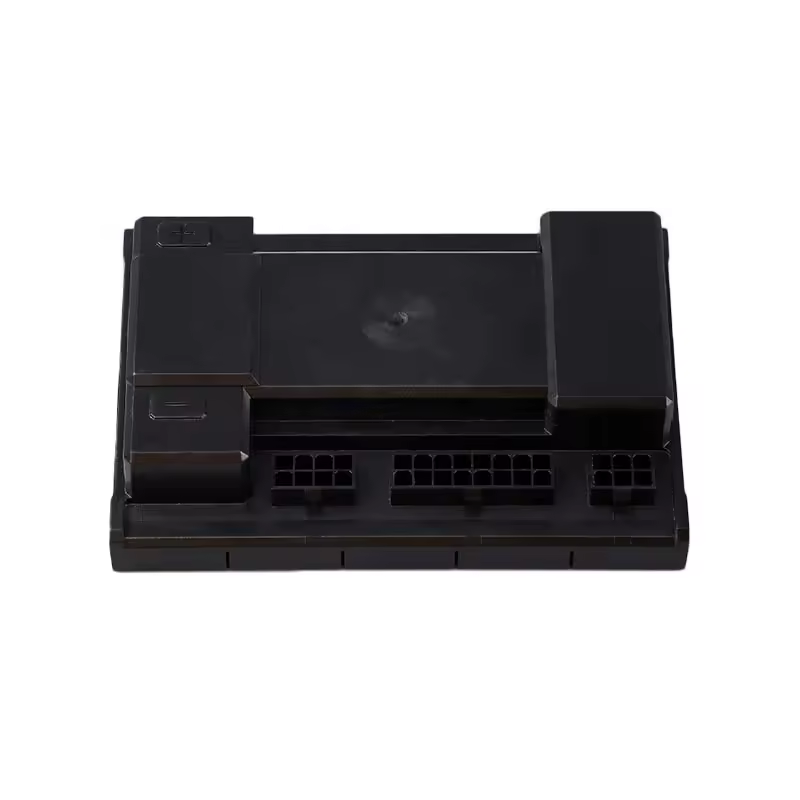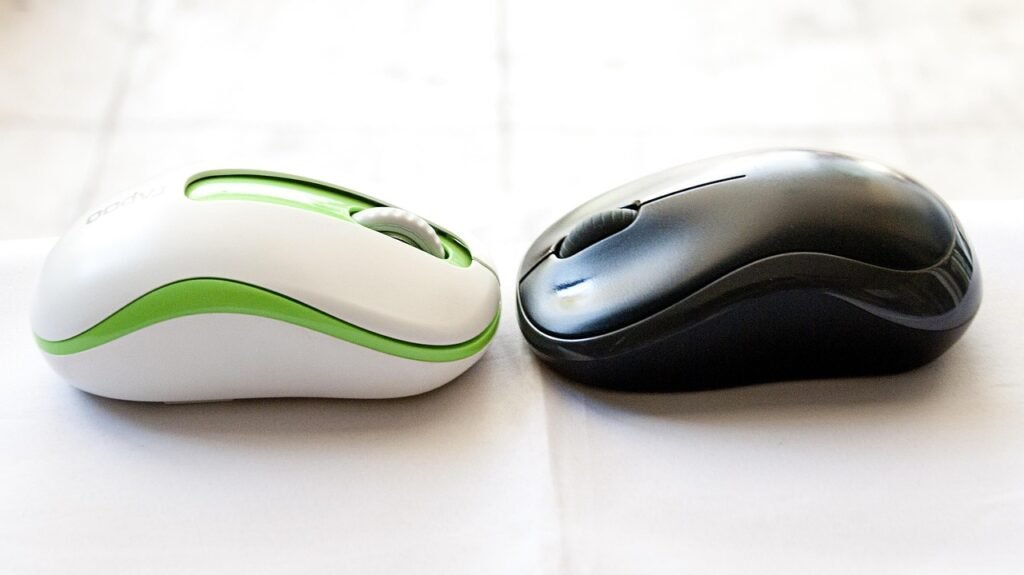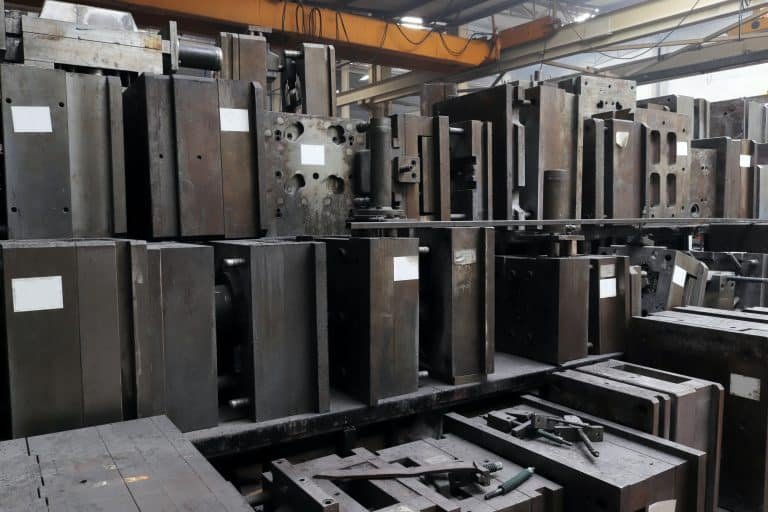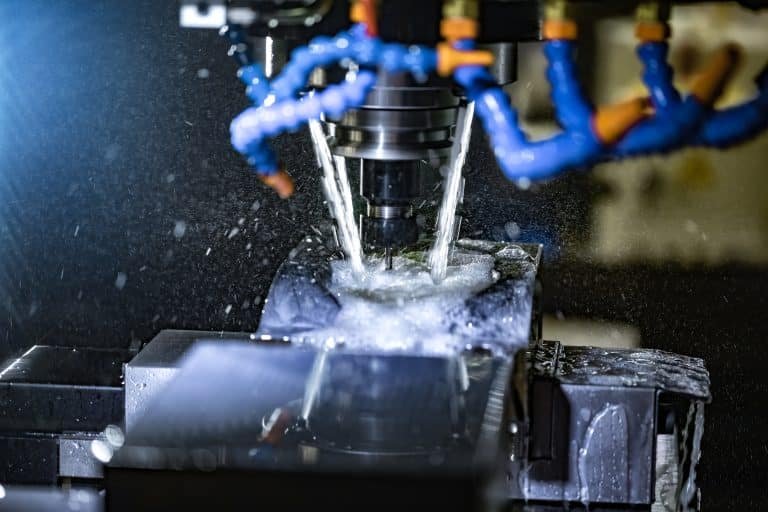Introduction
Plastic prototypes are the backbone of product development, enabling engineers and designers to test form, fit, and function before mass production. At BFY Mold, we specialize in delivering high-precision plastic prototypes that bridge the gap between concept and reality. This guide explores proven methods for creating plastic prototypes, compares key technologies, and answers critical questions to help you optimize your design process.

Why Plastic Prototypes Matter
Prototyping is essential for:
- Functional Testing: Validate mechanical performance under real-world conditions.
- Design Refinement: Identify flaws in geometry, assembly, or ergonomics.
- Cost Reduction: Avoid expensive mold revisions during mass production.
- Stakeholder Buy-In: Secure approvals with tangible models.
Step-by-Step Guide to Making a Plastic Prototype
1. Define Prototype Requirements
| Factor | Questions to Ask | Example Specifications |
| Purpose | Functional testing or visual mockup? | Load-bearing automotive part |
| Material | ABS, PP, PEEK, or silicone? | UL 94 V-0 flame-retardant ABS |
| Precision | Tolerances needed (±0.1mm or ±1mm)? | ±0.05mm for medical devices |
| Budget | $500 for concept models or $10k+ for functional testing? | $2,500–$5,000 |

2. Choose a Prototyping Method
| Method | Cost Range | Lead Time | Precision | Best For |
| 3D Printing | $50–$500 | 1–3 Days | ±0.1–0.3mm | Complex geometries |
| CNC Machining | $200–$2,000 | 3–7 Days | ±0.05mm | High-strength parts |
| Injection Molding | $1,000–$10k+ | 10–25 Days | ±0.02–0.05mm | Pre-production validation |
| Vacuum Casting | $300–$1,500 | 5–10 Days | ±0.2mm | Small-bridge production |
Case Study: A BFY Mold client reduced automotive component costs by 22% by using CNC-machined ABS prototypes to optimize wall thickness before tooling.
3. Select Materials
| Material | Tensile Strength | Cost/kg | Applications |
| ABS | 40 MPa | $3–6 | Consumer electronics, housings |
| Polycarbonate | 70 MPa | $5–9 | Transparent covers, lenses |
| PEEK | 100 MPa | $120–200 | Aerospace, medical implants |
| TPU | 25 MPa | $8–12 | Flexible grips, seals |
4. Optimize Design for Manufacturing (DFM)
- Wall Thickness: Maintain 1.5–3.0mm for injection molding.
- Draft Angles: ≥1° for easy ejection.
- Ribs & Bosses: Height ≤3× wall thickness to prevent sink marks.
5. Post-Processing & Testing
- Surface Finishes: SPI-A2 (glossy) to SPI-D1 (textured).
- Testing: ASTM D638 tensile tests, UL 94 flammability checks.
Plastic Prototyping Methods Compared
1. 3D Printing
- Pros: Fast turnaround, complex designs.
- Cons: Limited strength, layer lines.
- BFY Mold Tip: Use SLA for detailed visual models, FDM for functional testing.
2. CNC Machining
- Pros: High accuracy, broad material options.
- Cons: Higher cost for intricate designs.
- BFY Mold Case: Achieved ±0.02mm tolerances for a surgical tool prototype.
3. Injection Molding
- Pros: Production-grade parts, scalable.
- Cons: High upfront tooling costs.
- BFY Mold Solution: Aluminum prototype molds for 500–5,000 units at 40% lower cost.
FAQs to Make a Plastic Prototype
1. How Long Does It Take to Make a Plastic Prototype?
Lead times range from 24 hours (3D printing) to 4 weeks (injection molding), depending on complexity and method.
2. What’s the Cheapest Way to Make a Plastic Prototype?
FDM 3D printing costs as low as $0.10/cm³, while vacuum casting offers affordable small batches ($30–80/unit).
3. Which Material Is Best for High-Temperature Prototypes?
PEEK withstands 250°C+, ideal for engine components.
4. Can Prototypes Be Used for Regulatory Testing?
Yes. BFY Mold’s ISO 13485-certified prototypes meet FDA and CE standards.
5. How Accurate Are Plastic Prototypes?
CNC machining achieves ±0.05mm, while injection molding reaches ±0.02mm for critical dimensions.
6. What Surface Finishes Are Available?
Options include:
- SPI-A1 (Mirror finish)
- Textured (VDI 3400 standards)
- Painting/Plating
7. How to Reduce Prototyping Costs?
- Simplify geometries
- Use modular designs
- Opt for aluminum prototype molds
8. What’s the Minimum Order Quantity (MOQ)?
3D printing: 1 unit; Injection molding: 50–100 units with prototype tools.
9. How to Ensure Dimensional Accuracy?
BFY Mold uses Hexagon CMMs and 3D laser scanners for micron-level validation.
10. Can You Prototype Overmolded Parts?
Yes. We combine rigid (ABS) and flexible (TPU) materials in multi-shot processes.
Why Choose BFY Mold for Plastic Prototypes?
- Speed: 24-hour turnaround for 3D printing.
- Precision: ±0.02mm tolerances with CNC and injection molding.
- Cost Savings: 30% lower pricing via AI-driven nesting and recycled materials.
- Compliance: ISO 9001, IATF 16949, and FDA-certified processes.
Call to Action
Ready to transform your design into a precision plastic prototype? Contact BFY Mold today for a free DFM analysis and quote.









